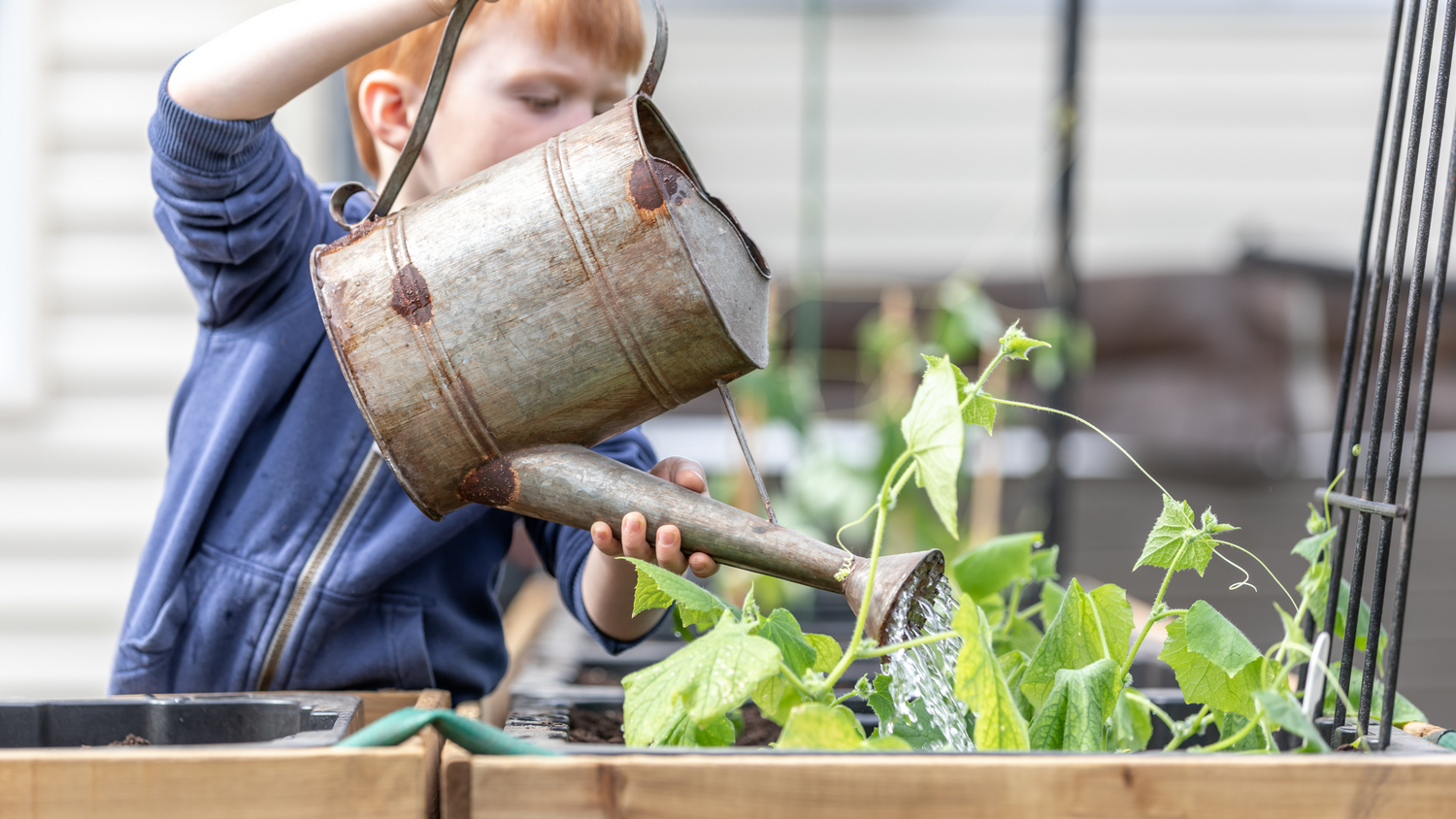Hello, fellow green thumbs and garden enthusiasts! Whether you’re a seasoned gardener or have just discovered the joy of planting, you’re probably aware of one universal gardening truth – plants need water to thrive. Yet, the simple act of watering your garden is more nuanced than you might think. Today, we’re diving deep into transforming your garden with the right watering techniques. We'll explore everything from garden watering techniques to hose use tips, ensuring your garden blooms brighter than ever. So, grab a cup of tea, and let’s talk water!
The Importance of Effective Watering
Water is to plants what air is to us – utterly essential. It’s not just about quenching their thirst; water is crucial for transporting nutrients from the soil to the plant cells, helping them grow strong and healthy. However, like over or underfeeding can be detrimental to health, improper watering can wreak havoc in your garden. Overwatering can lead to root rot and fungal diseases, while underwatering might stress your plants, making them weak and susceptible to pests and diseases. The secret lies in effective watering – understanding when, how much, and how often to water your beloved plants.
Understanding Your Garden's Water Needs
No two gardens are exactly alike. Factors such as plant type, soil composition, climate, and garden size significantly determine your garden’s watering needs. For instance, sandy soils drain water faster than clay soils and require more frequent watering. Similarly, vegetable gardens demand more consistent watering than succulent gardens. Begin by observing your garden; notice how quickly it dries out after watering and how your plants respond to different watering schedules. This understanding is foundational in applying effective watering techniques tailor-made for your garden.
Garden Watering Techniques: The Lifelines of Your Garden
- Soaker Hoses and Drip Irrigation: These are the undercover agents of effective watering. Soaker hoses on the soil allow water to slowly seep out directly to the plant roots. Drip irrigation systems, on the other hand, deliver water right at the base of each plant through a network of tubing and emitters. Both methods minimize water wastage and ensure the plant roots are effectively hydrated.
- Rainwater Harvesting: Elevate your watering game by collecting rainwater. Not only is this environmentally sustainable, but rainwater is also soft water, free from the salts and chemicals found in tap water, making it healthier for your plants.
- Watering Cans and Garden Hoses: Traditional methods sometimes work best for smaller gardens or individual plants. Watering cans offer precision, allowing you to direct water exactly where it's needed, especially for young seedlings.
Hose Use Tips: Making Every Drop Count
Speaking of garden hoses, let's delve into some hose-use tips that could revolutionize how you water your garden:
- Invest in a Good-Quality Garden Hose: A kink-resistant, long-lasting garden hose can be a game-changer. Look for one that’s the right length for your garden to avoid unnecessary dragging and potential damage to plants.
- Use a Nozzle or Sprinkler Head: Attach a nozzle or sprinkler head to control the water flow. Different plants have different watering needs, and these attachments can help you adjust the pressure and spray pattern accordingly.
- Water at the Right Time: The best time to water your garden using a hose is early morning or late afternoon. This prevents water evaporation during the hottest parts of the day and waterlogging at night.
- Check the Soil Moisture: Before reaching for the hose, check the soil moisture. A simple way to do this is to stick your finger into the soil about an inch deep. If it feels dry, it’s time to water; you can wait if it’s still wet.
Advanced Tips for Effective Watering
- Mulching: Cover the soil around your plants with mulch to retain moisture, reduce evaporation, and prevent weeds. Organic mulches, like straw or wood chips, can also enrich the soil as they decompose.
- Watering Depth: Deep, infrequent watering encourages plants to grow deeper roots, making them more drought-resistant. Aim to water deeply enough that the moisture reaches the roots rather than just wetting the surface.
- Monitoring Weather and Adjusting Accordingly: Be mindful of the weather conditions. After a rainy day, your garden might not need watering. In contrast, you might need to water more frequently during a heatwave.
- Grouping Plants by Water Needs: If possible, arrange your garden so that plants with similar water needs are together. This way, you can water more effectively and efficiently, ensuring each plant gets the right amount.
Transforming your garden through effective watering isn’t rocket science, but it requires observation, understanding, and lots of love. Remember, the goal is to foster a garden that survives and thrives. Through mastering garden watering techniques, making the most of hose-use tips, and embracing the nuances of effective watering, you are well on your way to realizing the lush, vibrant garden of your dreams.
In the end, water is the lifeblood of your garden, and learning to manage it wisely is perhaps one of the greatest gifts you can give to your leafy friends. So, the next time you’re out in your garden, hose in hand, remember that each drop of water is a drop of life – precious, essential, and transformative. Happy gardening!






Leave a comment
This site is protected by hCaptcha and the hCaptcha Privacy Policy and Terms of Service apply.